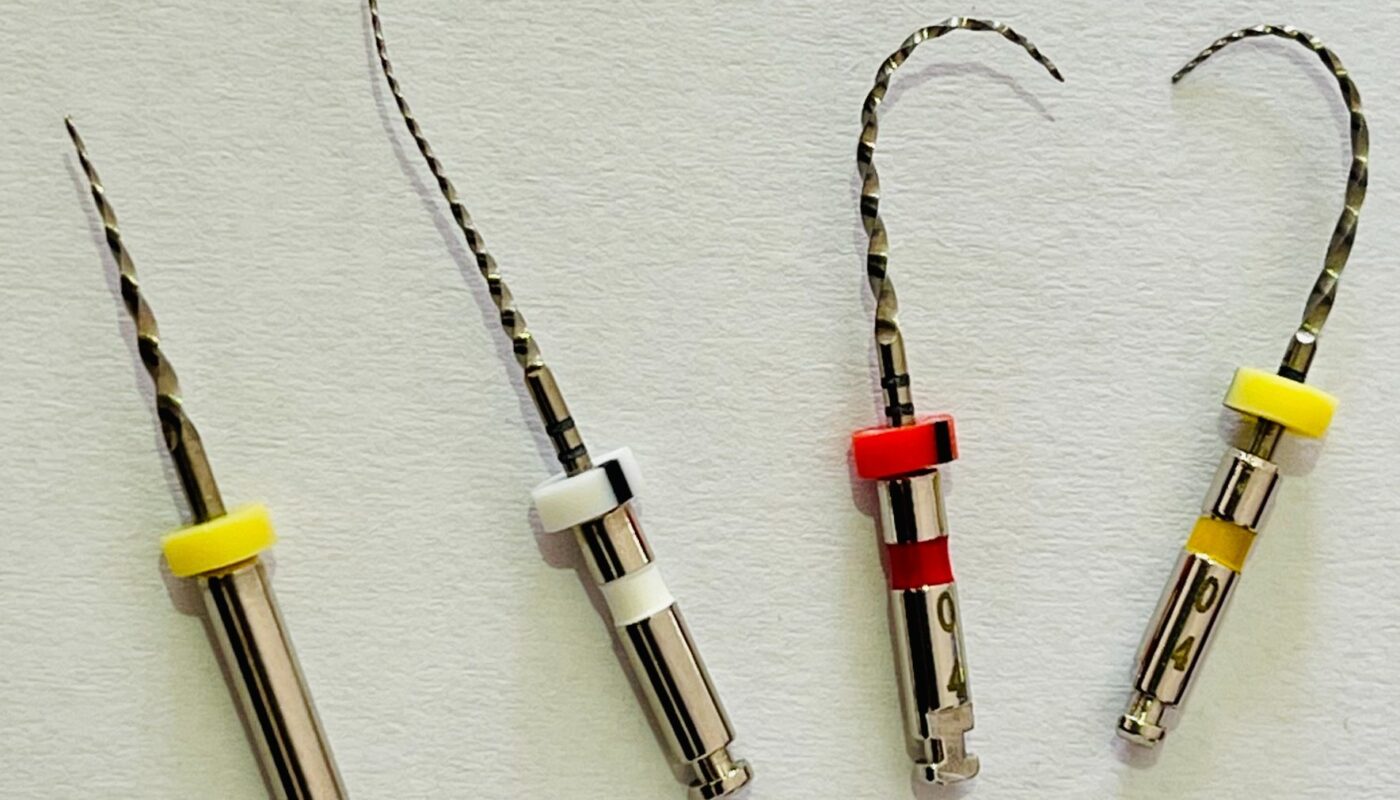Root canal files are thin metal instruments that dentists use to clean and shape the inside of a tooth (root canal space) during root canal treatment. The primary function of these files is to remove the infected or damaged pulp tissue from the tooth.
Root canal files come in various tapered shapes and sizes to effectively clean all areas of the complex root canal system. Files often have distinctive cutting edges (flutes) that help cut and scrape away debris as the file is twisted and advanced into the root canal. Different file types, such as manual, rotary, and reciprocating files, also allow dentists to customize cleaning based on a patient’s anatomy.
Root Canal File Designs
There are several common designs of Root Canal Files that dentists choose from based on a tooth’s complex anatomy and treatment needs:
– Manual files are delicate, hand-held stainless steel instruments used to initially clean and taper root canals. Dentists manually rotate and advance these files to break up and remove pulp tissue. Manual filing requires great skill but allows for customized shaping.
– Rotary nickel-titanium (NiTi) files are rigid spiral metal files attached to small electric motors. As the motor rotates these tiny drills, they efficiently remove pulp debris through centrifugal force. Modern rotary systems come pre-sterilized in numbered sequence for precise, predictable cleaning.
– Reciprocating files employ an alternative motion that cuts in one direction then retracts slightly before cutting in the other direction. This back-and-forth movement helps prevent undesirable consequences like separating or screwing in the file.
– Reamer files are smooth, larger diameter instruments used after the main canal shaping to ensure the space is fully cleaned and enlarged if needed. They come in standardized tapering sizes that dentists use sequentially.
– Canal finding and glide path files are tapered metal K-files used initially to locate canal entrances and create pathways for larger shaping files. Ensuring patency with these preliminary files aids in the effectiveness of subsequent cleaning procedures.
Global Adoption of New File Technologies
Over the past two decades, rotary and reciprocating NiTi file systems have revolutionized root canal treatments worldwide through their improved speed, safety, and ability to maintain the natural canal shape compared to traditional hand instrumentation. Nearly all dental practices have now adopted some form of mechanical file system.
Several key factors drove their global proliferation:
– Precision Manufacturing: Advances in nickel-titanium wire production and computer-assisted machining enabled minute variations in file tapers and shapes with unprecedented accuracy.
– Evidence-Based Research: Longitudinal clinical studies demonstrated mechanical file techniques produce superior immediate and long-term outcomes versus hand filing alone when used by trained clinicians. This research convinced many remaining skeptics.
– International Standardization: As mechanical root canal treatment rose in popularity, organizations like the American Association of Endodontists established core protocols, instrument types/sequences, sterilization methods etc. that served to homogenize best practices globally.
– Low-Cost Mass Production: Large endodontic equipment companies invested in high-volume manufacturing capabilities, bringing once costly NiTi file systems within budget of even developing world dentists and consumers.
– Multi-Region Educational Outreach: Through academic conferences, hands-on workshops, and collaboration with professional associations worldwide, instrument makers disseminated and demonstrated the clinical advantages of mechanical filing to a rapidly growing pool of new endodontists and general practitioners.
Today, with support from international dental organizations and manufacturers’ global sales & marketing efforts, modern file kinematics like reciprocation are becoming the global norm even in remote practices thanks to their benefits in wide-ranging root canal anatomies. Overall adoption of engine-driven filing has revolutionized the precision, efficiency, and outcomes of root canal treatment on a worldwide scale over the past 20 years.
Looking Ahead – Future Innovations
As the global root canal market matures, manufacturers continue exploring refinements and entirely new file designs to further streamline treatments:
– 3D Printed Custom Files: Recent advances in powdered metal 3D printing have made it possible to custom fabricate root canal files based directly on a patient’s CBCT data. Some predict these patient-matched instruments will optimize cleaning while minimizing procedural errors. Clinical research is underway.
– Single-Use Disposable Systems: Issues of file separation, distortion and potential cross-contamination threats have driven development of single-use pre-curved and pre-tapered file systems. While costly, disposables may become more prevalent to support high throughput dental chains and strict sterilization compliance.
– Non-Cutting Debridement Tools: Alternative debriding tools using sonic/ultrasonic vibration or laser energy are in development to remove pulp debris without the risks of canal transportation sometimes seen with aggressive cutting instruments. Some preliminary studies show promise.
As technology refines these and other innovations, future root canal treatments globally may become even faster, safer, and more effective, benefiting both dentists and the large population that requires endodontic care each year worldwide. Continued research integrating new materials and designs with best clinical practices will likely drive further improvements in root canal treatment outcomes on a global scale.
*Note:
1. Source: Coherent Market Insights, Public sources, Desk research
2. We have leveraged AI tools to mine information and compile it



